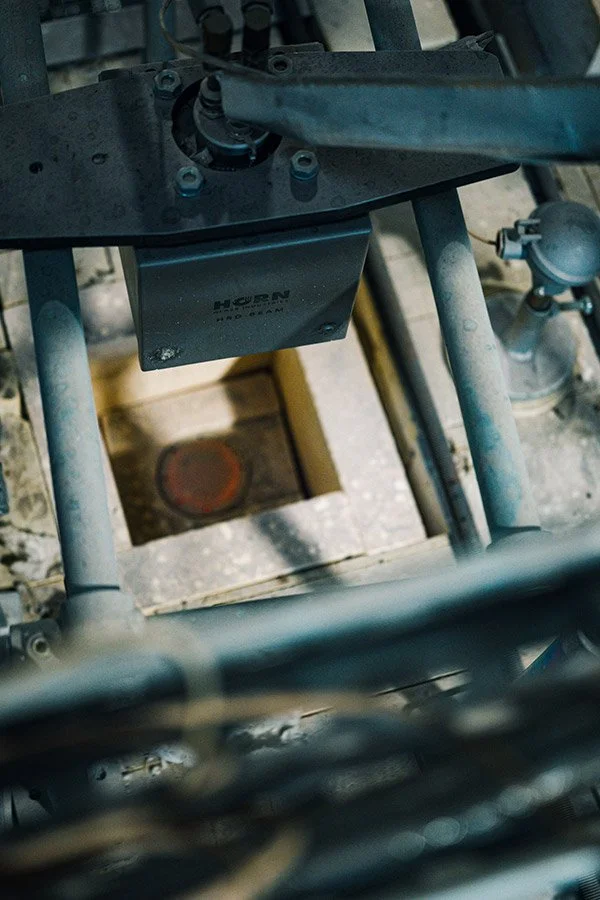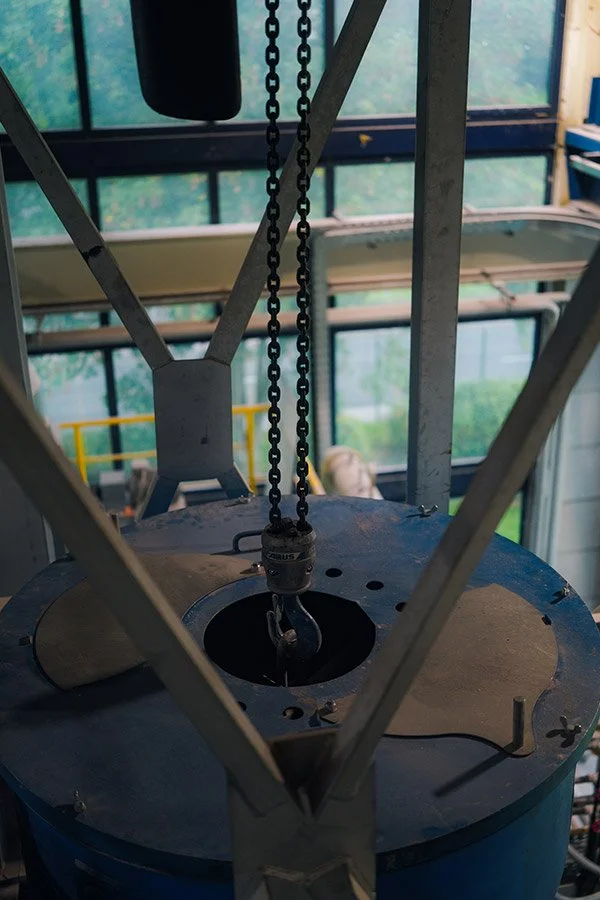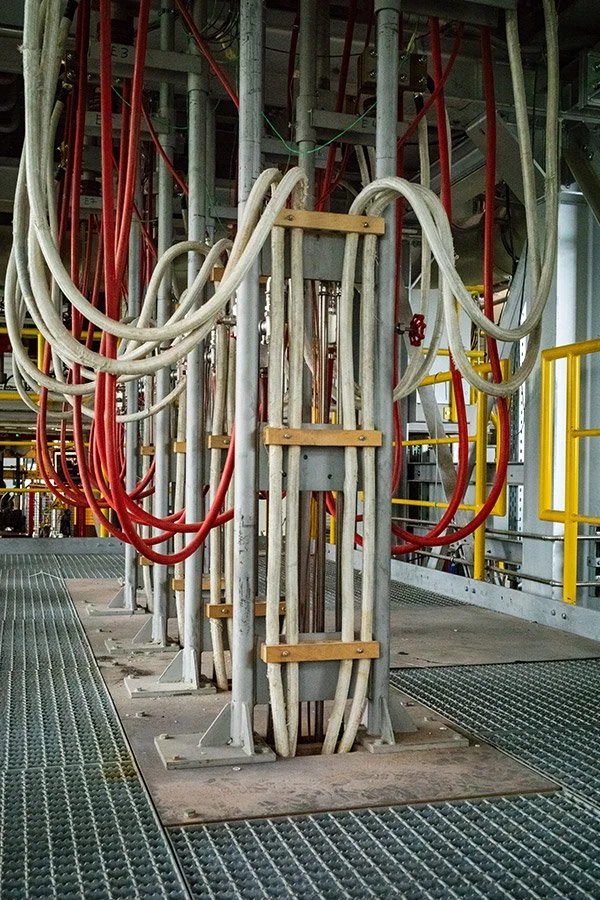ZeroCO₂
Revolutionary Carbon-Neutral Container Glass Production Technology
Location
Aachen, Germany
Years
2022 – 2026
Collaborators
RWTH Aachen University
Horn Glass Industries
Wiegand-Glas
Introduction
Securing a CO₂-Free Glass Future
The ZeroCO₂-Glass project (2022-2026) develops revolutionary hydrogen-powered glass melting technology for completely CO₂-neutral container glass production.
Unlike other initiatives focusing solely on energy emissions, this project eliminates CO₂ from both energy sources and raw materials. The innovative approach combines carbonate-free glass chemistry, hydrogen-oxygen combustion producing only water vapor, and high level of electriocal boosting.
A 2.4 tons/day pilot plant demonstrates the hybrid furnace operating flexibly between 80% hydrogen/20% electricity ratios. The technology targets zero emissions compared to current production generating 300 kg CO₂ per ton of glass.
300 kg CO₂ per ton of glass
>
Target of 0 kg per ton of glass
Current industry standard: 10 - 20 % boosting
>
To 70 % electric boosting

Project details
Revolutionary Carbon-Neutral Glass Production
Milestones of the project so far:
-
The pilot plant with 2.4 tons/day processing capacity serves as the demonstration platform for scaling innovative technologies to industrial level.
This pilot facility combines physical and computer-based modeling results to validate all three revolutionary approaches: carbonate-free glass chemistry, hydrogen-oxygen combustion, and high electrical boostings in a single integrated system. The pilot plant has the full ability to produce container glass bottles.
-
Electrodes positioned on the furnace bottom and sidewalls enable precise electric boosting control of the melting process while creating defined vortex patterns within the glass melt for faster batch dissolution. CFD simulations and physical validation using 1:3 scale silicone oil models with PIV measurements optimize power distribution between electrical and combustion heating to achieve maximum energy efficiency and improved space utilization.
-
The hydrogen-oxygen combustion system produces only water vapor instead of CO₂, requiring complete burner redesign to accommodate hydrogen's different flame properties including energy content, heat radiation, and burning speed. Detailed CFD simulations model the combustion characteristics and validate flame behavior through temperature and gas composition measurements at the pilot furnace to optimize the hybrid 70-30% to 30-70% hydrogen-electric energy distribution.
-
Innovative container glass formulations eliminate sodium carbonate (Na₂CO₃) entirely, replacing it with sodium hydroxide in minimal quantities, while using burnt lime instead of limestone to avoid all CO₂-releasing carbonates. Laboratory trials systematically test compositions with different soda content, evaluating melting behavior, batch-free time, fining characteristics, and thermo-mechanical properties to ensure industrial quality standards.
-
Advanced process simulation models optimize glass forming parameters for the new soda-free compositions, including friction sensors to measure glass-to-metal contact during forming, optimal mold temperatures and timing, cooling furnace programs adapted to changed thermo-mechanical properties, and comprehensive quality evaluation of finished containers to validate industrial applicability.






STUDENTS APPLICATION
Do you want to get involved?
Post-graduate students are always welcome to participate in our projects.
Send a concise CV and a short note on the problems you want to solve, plus any relevant work or publications.


